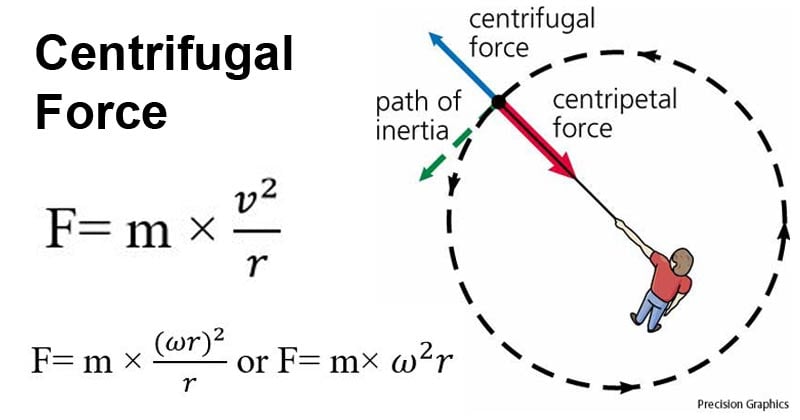

The two formulae for acceleration are in the log tables page 40 and the two formulae for force are obtained by simply multiplying the relevant acceleration by m. V = r w is obtained by dividing the previous equation by t on both sides (and this derivation needs to be known anyway). W = q /t comes directly from the definition of angular velocity and q = s/r comes directly from the definition of a radian. This meant that they were a legitimate area of study, and so Astronomy (which in turn led to Cosmology) was born.ĭon’t know I’m just glad it’s you and not me who has to know them.įor what it’s worth, none actually need to be learned off by heart Even more importantly, it demonstrated that 'the heavens' followed the same rules of science as those which operated here on Earth. It proved Newton's Law of Gravitation was valid, which was very important in securing Newton's reputation as a giant of science.Ģ. With his own universal law of gravitation, had two very important consequences.ġ. The fact that Newton was able to demonstrate this relationship mathematically, by combining a well known equation for circular motion on Earth by analyzing the motion of planets) that the square of the motion of these satellites is proportional to the cube of their radius.Īctually, if we’re going into detail here, he actually stole the necessary data from a colleague Tycho Brahe (some things never change). Previous to this (16th century) a scientist called Johannes Kepler discovered empirically (i.e. You have just arrived at an equation which bookmarks a seminal moment in the history of science. *Relationship between Periodic Time and Radius for a Satellite in Orbit It has some advantages, but the sooner our school calculators lose this unit the better.

You may have noticed on your calculator that the grad is another unit.
#Centripetal force in relation to radians persecond full#
If q is defined as arc length divided by radius, and we apply this to the number of radians in a full circle, we get arc length (which in this case is circumference of a circle - 2pr) divided by the radius r. It’s popularity may also be related to fact that it is close to the number of days in the year. This got picked up by the Babylonians and passed on to the Egyptians. It seems to go all the way back to the Mesopotamians over 6,000 years ago, who liked to work with the number 60, partly probably because it could be divided up so many different ways, i.e. So why do we use radians? Well we’re used to dividing a circle up into 3600, but that’s completely arbitrary it could be 1000, 2000 or just about anything else you want it to be. *Angles can also be measured in something called Radians Leaving Cert Physics Syllabus: all higher levelĬentripetal force required to maintain uniform motion in a circle.Ĭircular satellite orbits – derivation of the relationship between the period, the mass of the central body and the radius of the orbit. The formula above allows us to calculate the height which the satellite must be at (approx 36,000 km above the equator.). We know that if we want a satellite to remain over a specific spot on the Earth’s surface it must have the same periodic time as the Earth (24 hours).

These satellites are stationery over one position of the globe, and their orbit is called a Geostationary orbit. Distance in this case is the circumference of a circle (2pR for circular satellite orbits).Replace the d2 in the first formula with r2 and cancel one ‘r’ both sides.Equate both forces (because both equations apply to satellite motion),.The second is the Centripetal Force formula:.



 0 kommentar(er)
0 kommentar(er)
